Shoulder
- Anatomy
- Conditions
- Procedures
Shoulder Anatomy
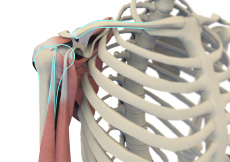
The shoulder is the most flexible joint in the body enabling a wide range of movements including, forward flexion, abduction, adduction, external rotation, internal rotation, and 360-degree circumduction. Thus, the shoulder joint is considered the most insecure joint of the body but the support of ligaments, muscles and tendons function to provide the required stability.
Rotator Cuff Tears
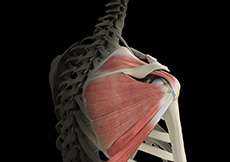
The rotator cuff is a group of tendons in the shoulder joint providing support and enabling a wide range of motion. Major injury to these tendons may result in tear of these tendons, a condition called rotator cuff tear. It is one of the most common causes of shoulder pain in middle aged adults and older individuals.
Tendonitis
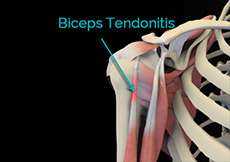
Tendonitis is an inflammatory condition that can develop in a tendon. Tendons are strong fibers that connect your muscles to your bones. Tendonitis most frequently results from overuse of a joint. Symptoms include pain and tenderness. Most cases of tendonitis are relieved with rest and anti-inflammatory medications. Chronic tendonitis may require surgery if symptoms are intolerable despite nonoperative treatment.
Shoulder Instability

Shoulder instability is a chronic condition that causes frequent dislocations of the shoulder joint.
Causes : A dislocation occurs when the end of the humerus (the ball portion) partially or completely dislocates from the glenoid (the socket portion) of the shoulder. A partial dislocation is referred to as a subluxation whereas a complete separation is referred to as a dislocation.
Shoulder Dislocation

Playing more overhead sports and repeated use of the shoulder at the workplace may lead to sliding of the upper arm bone, the ball portion, from the glenoid–the socket portion of the shoulder. The dislocation might be a partial dislocation (subluxation) or a complete dislocation causing pain and shoulder joint instability. Shoulder joint often dislocates in the forward direction (anterior instability) and it may also dislocate in the backward or downward direction.
Arthritis
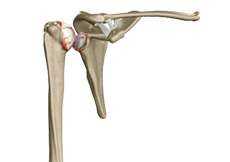
Arthritis is a common disease that causes joint pain, stiffness, immobility, and swelling. Arthritis is actually a term for a group of over 100 diseases that affect the muscle and skeletal system, particularly the joints. Arthritis alters the cartilage in joints. Cartilage is a very tough, shock absorbing material that covers the ends of many of our bones.
Shoulder Fracture
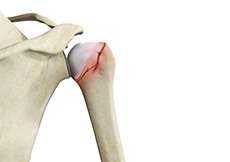
The shoulder is the most flexible joint in the body, enabling a wide range of movements. It is a ball-and-socket joint made up of three bones, namely the humerus, scapula and clavicle. The head of the humerus (upper arm bone) articulates with the socket of the scapula (shoulder blade) called the glenoid cavity.
Bursitis
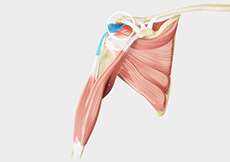
Coming Soon
Physical Therapy

South Palm Orthopedics has a state-of-the-art physical therapy centerlocated on site, equipped with gym and exercise equipment. Our center has a team of qualified physical therapy professionals including licensed physical therapists, a nationally known occupational therapist and hand therapist, and a licensed massage therapist.
Injections/Medication/PRP Therapy

Platelet-rich plasma (PRP) therapy is an exciting new treatment that relieves pain and promotes long-lasting healing of musculoskeletal conditions. Our doctors offer this amazing noninvasive procedure right here at South Palm Orthopedics.
Shoulder Arthroscopy

The shoulder can perform movements in more directions and to greater extents than any other joint in our body. But because it can perform so many movements, the shoulder is vulnerable to stress and injury. Shoulder injuries are very common, especially among people who play sports that require overhead arm motions.
Rotator Cuff Repair
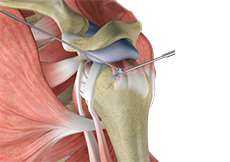
Rotator cuff tears are a common source of shoulder pain. The rotator cuff consists of four shoulder muscles and their tendons. Tendons are strong fibers that connect our muscles to our bones. The shoulder muscles and tendons cover the upper end of our arm bone forming a cuff.
Shoulder Stabilization
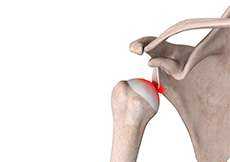
Shoulder instability is a chronic condition that causes frequent dislocations of the shoulder joint. A dislocation occurs when the end of the humerus (the ball portion) partially or completely dislocates from the glenoid (the socket portion) of the shoulder. A partial dislocation is referred to as a subluxation whereas a complete separation is referred to as a dislocation.
Shoulder Joint Replacement
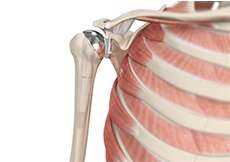
The shoulder has a greater range of motion than any other joint in our body, but because it can perform so many movements, the shoulder is vulnerable to stress, injury, and arthritis. Arthritis is a major cause of shoulder pain.
Reverse Shoulder Replacement

Reverse shoulder replacement is an advanced newer surgical treatment that was approved by the FDA in 2004. A reverse shoulder replacement is a surgical procedure to replace a damaged shoulder joint with an artificial one. The new joint stabilizes the joint to allow pain-free movement and function.
